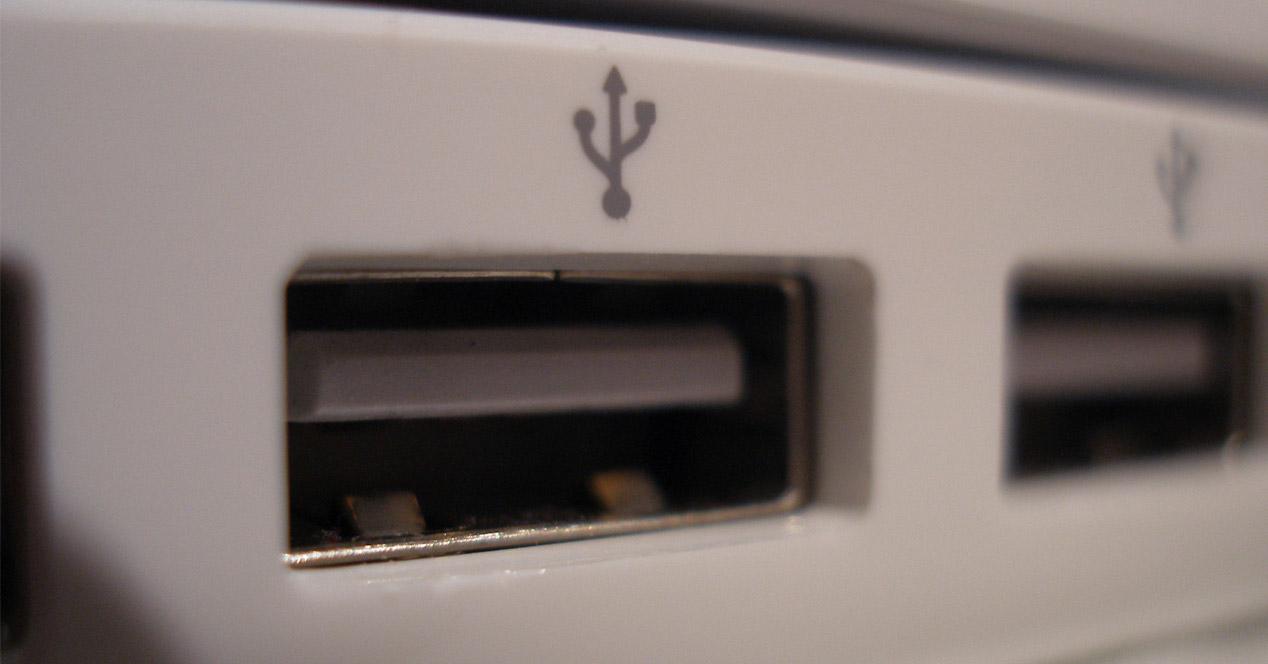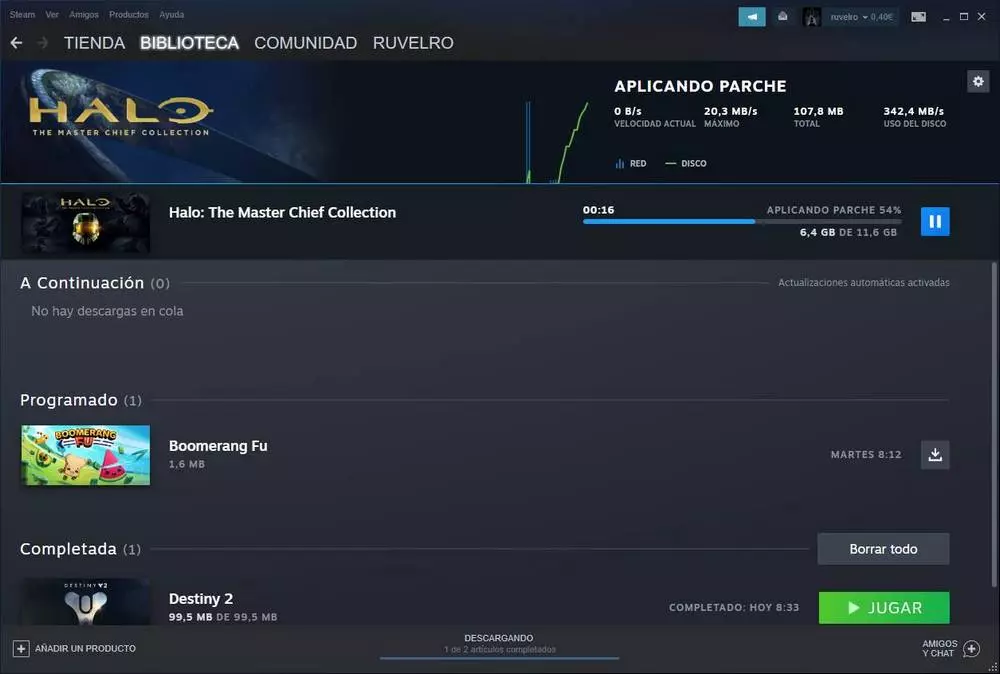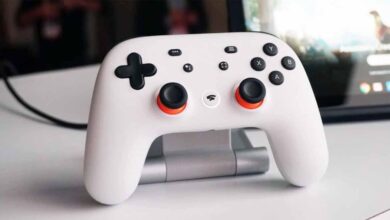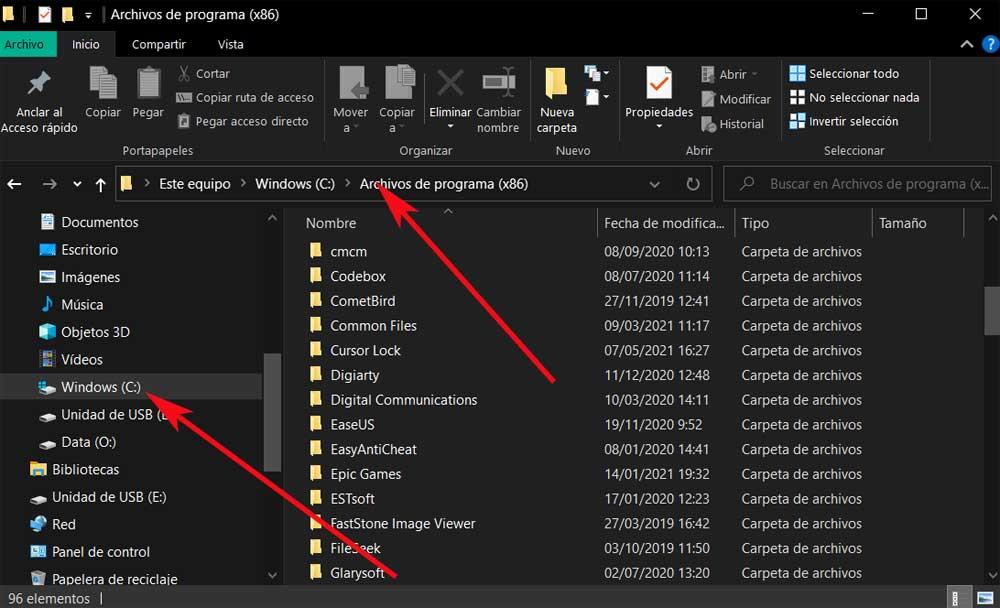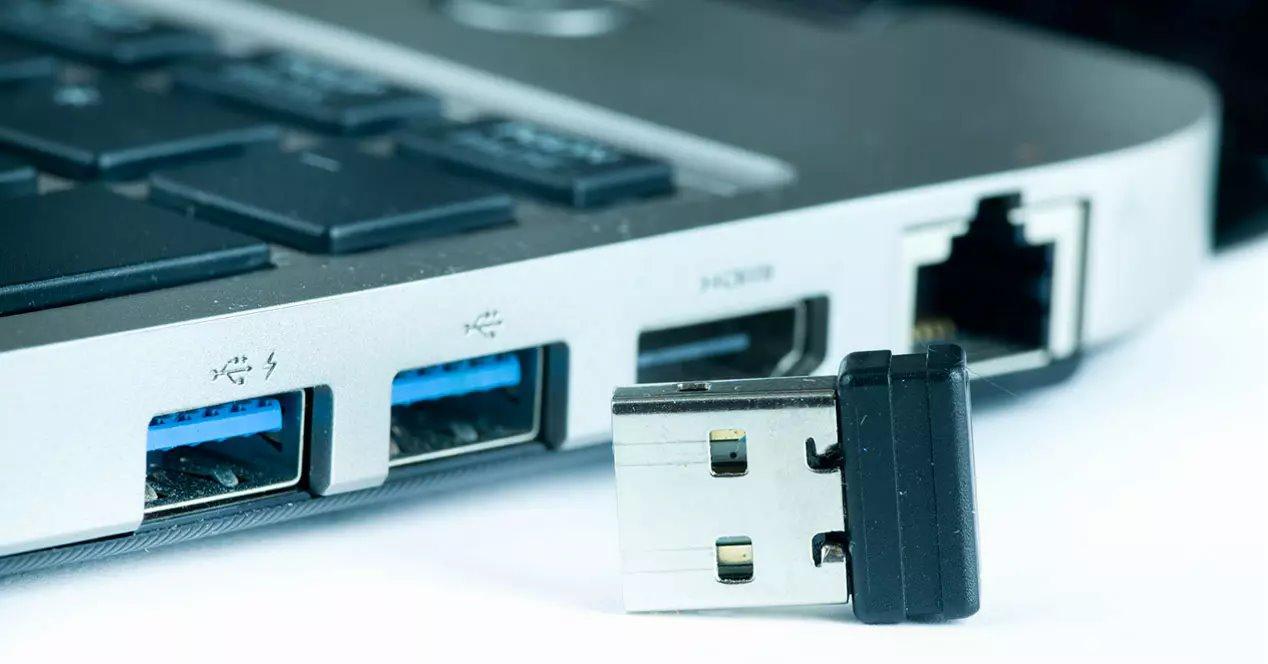
A good-enough problem is that when a technology reaches a performance that allows us to use it normally on a day-to-day basis and without complications, then it becomes acceptable to the public and any incremental improvements end up being discarded. The clearest case is that of USB 2.0, a port that over time has become completely outdated, but that continues to hold up.
Why should USB 2.0 go away?
The number of external ports that we use if we have a desktop PC or a laptop does not vary, since we usually call the ones we use to connect peripherals to them that way. The problem comes when we see a large number of USB ports on many motherboards, so much so that it is huge. Where does it come from? Many are derivatives of the D+ and D- pins of USB 3rd generation onwards. However, if we take out the mouse and keyboard, we will find that there are a number of devices that cannot work well with the slow speed of USB 2.0.
What are we referring to?
- External web cameras.
- SSD and USB hard drives.
- Video capture for streaming.
- Video cameras for video editing.
Actually, of everything we connect to our PC, the USB 2.0 port is only good enough for mouse, keyboard, gamepads, and headphones. And the paradox is that this far exceeds what is needed for this type of peripheral in terms of bandwidth, but it is deficient in elements such as the latency that said interface adds. Obviously, 1 millisecond is negligible, but in certain applications it is not and a variant of said port with the lowest possible latency is necessary, it cannot be that we continue with an interface from 20 years ago without changes.
A possible replacement: optical interfaces
A mouse requires at most, and we are exaggerating, about 10 Kbps to work, since it is its internal circuitry that calculates the position and then sends the coordinates to the PC. However, the latency is 1 millisecond. The reason? Well, the resistance made by the wiring adds a delay. This is due to a phenomenon called RC Delay, which could be translated as Electrical Resistance and Capacity Delay, and both can be defined as follows:
- Resistance is the difficulty in which an electrical signal circulates through a certain material.
- Capacitance is the ability of a material to hold an electrical charge.
So the problem is not the interface, but the cabling and that is why it would be much better to use a version in which the USB data pin will use fiber optics. However, it has not been done and has never been considered. In any case, it has not been done due to the fact that, for example, the optical port or SP/DIF only sends in one direction. Which would make it ideal for a mouse and keyboard, but not for speaker controls and not for headphones with a microphone. This without ruling out that we need to feed the same peripheral from the same interface. Hence, a very low latency interface is necessary for certain peripherals.
How would it affect applications?
The advantage would be especially in games, especially those that require high speed rates, the fact of cutting the time in which the input data is obtained from the peripherals, that is, when pressing a key, moving or doing mouse click, etc. If we talk about games running at 30 FPS, 1 ms is a very low percentage of the 33 ms it takes to generate a frame, but if we are playing at 120 Hz and with the same frame rate, 1 ms of 8 ms is a much higher time.
Although our day-to-day use would not affect it, in games we would see a slight increase in performance by eliminating the RC Delay problem that affects USB 2.0 interfaces. So much so that there are radio frequency adapters for wireless mice and keyboards that have less latency than wired peripherals.
